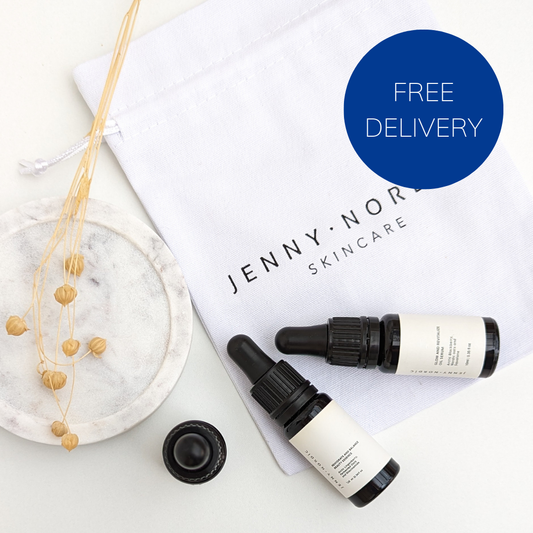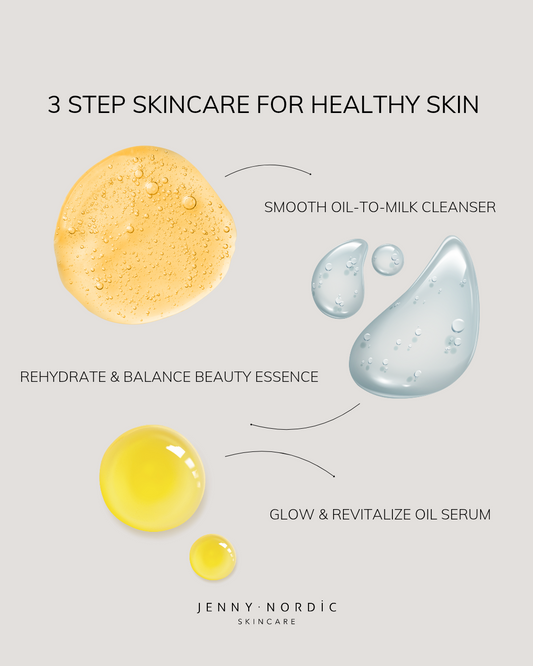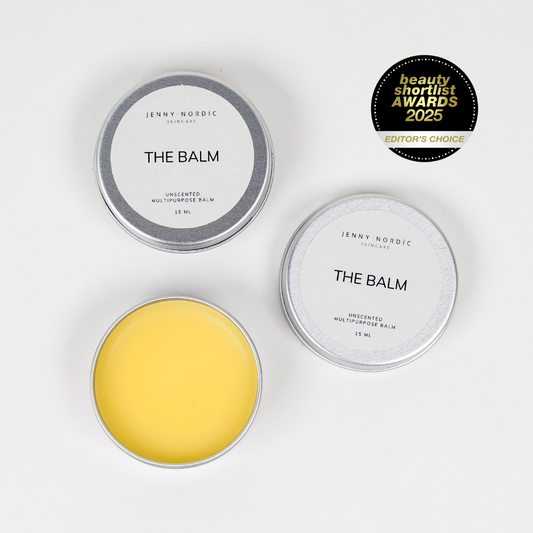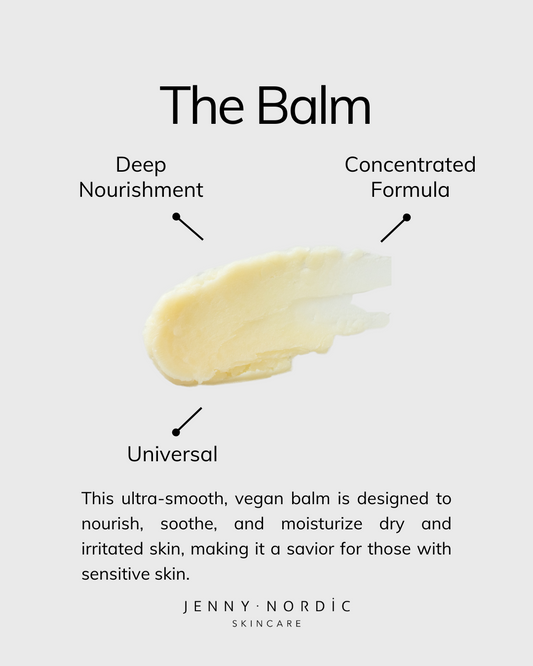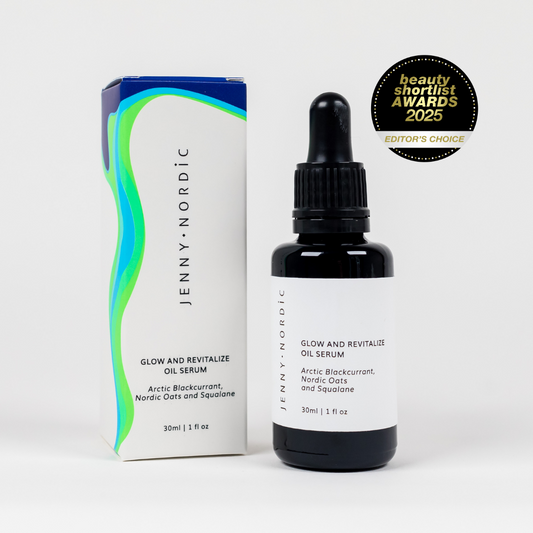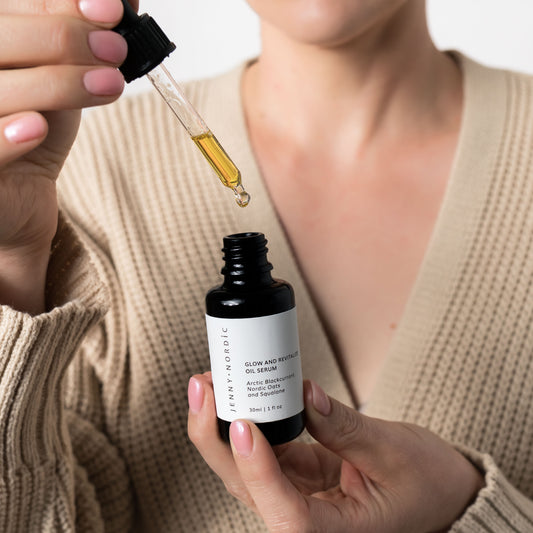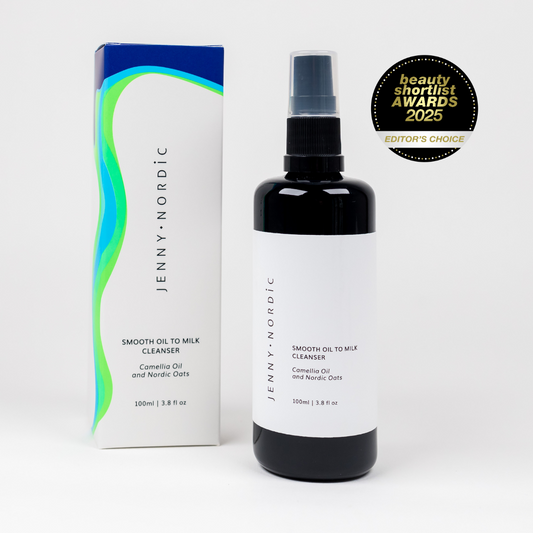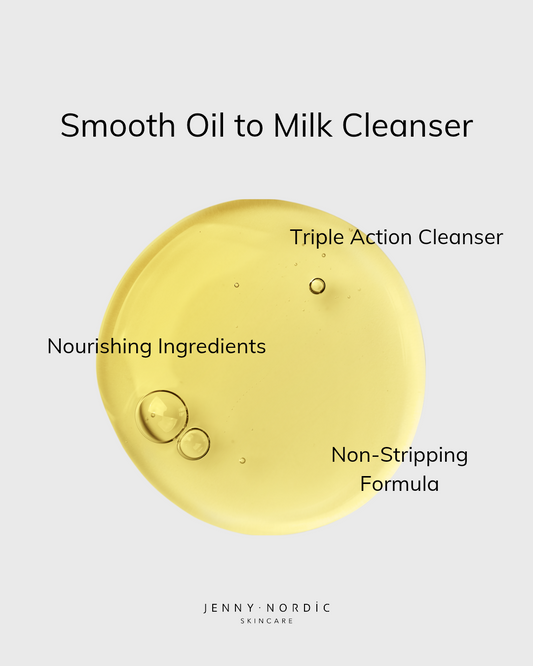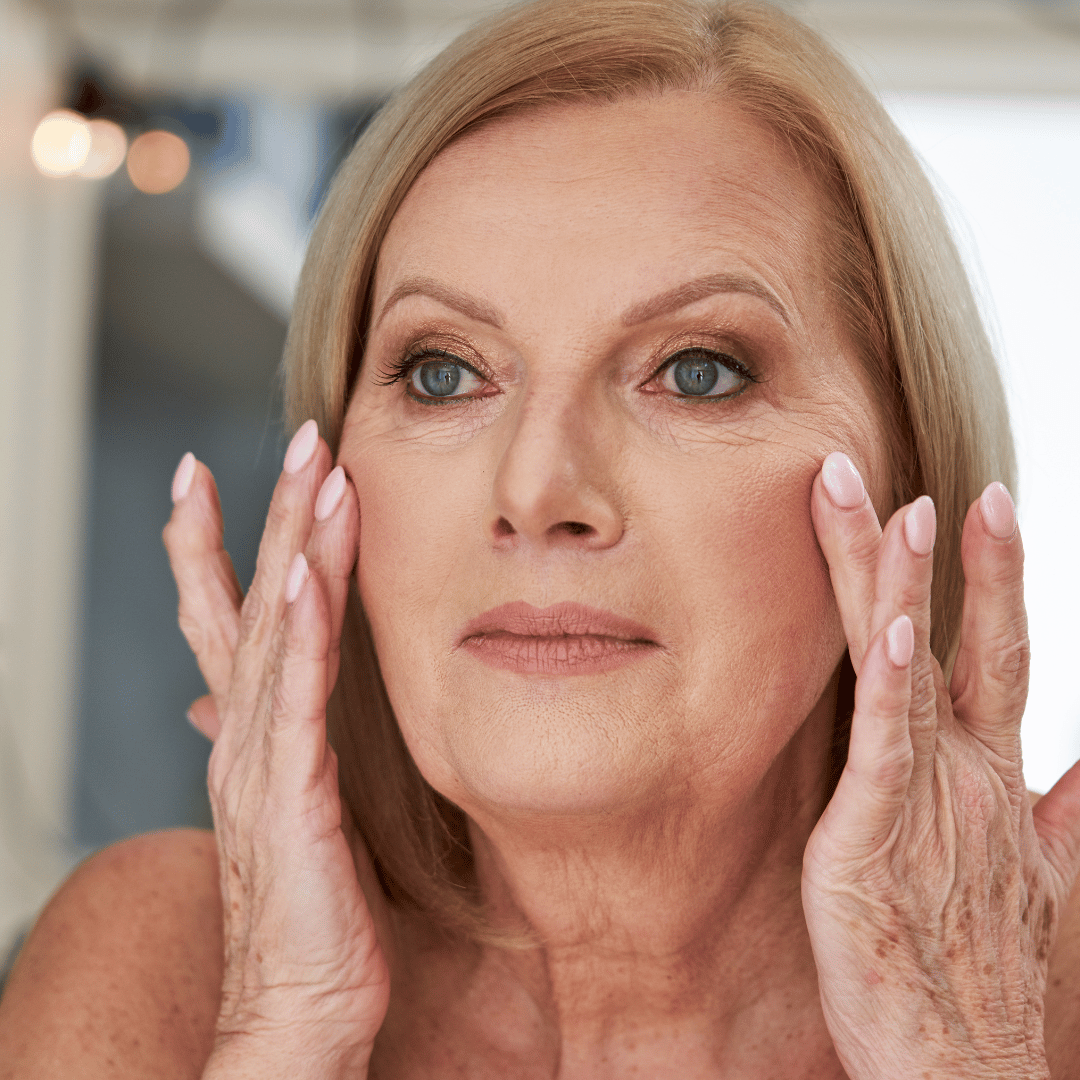
Why does my skin react to everything all of a sudden?
Share
(Understanding Sensitised Skin in Perimenopause – and What You Can Do About It)
If you’ve recently looked in the mirror and thought, “Why is my skin suddenly so reactive?” — know this: You’re not imagining it, and you’re definitely not alone.
Many women in their 40s begin to notice that products they've used for years now cause tingling, stinging, redness, or breakouts. Your go-to cleanser suddenly leaves you tight and dry. A serum that once gave you a glow now triggers irritation. Even the weather seems to make your skin grumpy. It’s like your skin’s got a mind of its own — and not a happy one.
Let’s break down why this happens (spoiler alert: it’s not your fault), and what you can do to calm the flare-ups and love your skin again.

Your Skin Is Changing – And Hormones Have a Lot to Answer For
During perimenopause — the transitional phase before menopause — oestrogen levels begin to fluctuate wildly. Oestrogen isn’t just about reproduction; it plays a major role in your skin’s health. It helps maintain collagen levels, keeps your skin hydrated, and supports a strong, resilient skin barrier.
So when oestrogen starts to decline, it impacts:
-
Your skin barrier – The skin barrier is your natural shield. A healthy one keeps moisture in and irritants out. But oestrogen helps regulate the production of lipids and ceramides — the “glue” that holds your skin cells together. Less oestrogen = weaker barrier = more sensitivity.
-
Hydration levels – Skin starts to produce less natural moisture (thanks again, hormones), leading to dryness, flakiness, and a tight, uncomfortable feeling. Dry skin is often sensitised skin.
-
Inflammation response – Hormonal changes can make the skin more reactive and prone to inflammation. This means things like wind, heat, cold, or even your favourite skincare ingredients can suddenly trigger redness or discomfort.
Add to that the cumulative effects of stress, UV exposure, a busy lifestyle, and perhaps overloading the skin with too many products over the years — and it's a recipe for reactive skin.
What Does Sensitised Skin Actually Look or Feel Like?
Sensitised skin isn’t the same as sensitive skin you’ve always had. It’s often temporary and triggered by changes in your internal or external environment. Some common signs:
-
Burning or tingling when applying skincare
-
Redness or blotchiness, especially on cheeks
-
Flaky patches despite using moisturiser
-
Tightness, like your skin is “too small” for your face
-
Bumps or rashes that appear randomly
-
Stinging even from water (!) or mild products
3 Simple Ways to Soothe and Strengthen Your Skin
1. Simplify Your Routine
Now is not the time for 10-step routines or experimenting with new actives every week. When your skin is sensitised, less is truly more.
Instead, build your routine around just three calming essentials:
-
A gentle cleanser (no foaming or stripping)
-
A hydrating essence or serum to support your barrier
-
A nourishing face oil or balm to lock in moisture and reduce inflammation
Avoid exfoliating acids, retinol, or strong vitamin C until your skin feels calm again. Think of this as “skin rehab” — you’re helping your skin find its natural balance.
💡Our Rehydrate & Balance Beauty Essence is packed with fermented oat extract and niacinamide — two ingredients known for their ability to soothe inflammation and rebuild the skin’s natural defences. It’s like a drink of water for angry skin.
2. Patch Test
Even if a product is natural or labelled “sensitive skin-friendly,” your skin might not love it right now. Always patch-test new products on your inner arm or jawline before using them extensively.
If you’ve recently reacted, try going product-free for a couple of days (yes, really!) — just cleanse with lukewarm water and use a very gentle balm or oil. Let your skin breathe.
3. Support Skin from Within
It’s easy to overlook, but hydration, diet, and stress management hugely affect how reactive your skin feels.
-
Hydrate: Aim for 1.5–2 litres of water daily. Herbal teas count!
-
Eat skin-loving fats: Omega-3s (found in flax, walnuts, chia, and oily fish) can improve skin barrier function and reduce inflammation.
-
De-stress: Cortisol (your stress hormone) messes with skin, too. Even 10 minutes of deep breathing, walking, or face massage can help.
A simple gua sha practice in the evening not only soothes your nervous system but helps lymphatic flow and skin healing — it’s a ritual we swear by in perimenopause.

It’s Not Just Skin — It’s a Whole-Body Shift
Perimenopause affects everything: your sleep, your mood, your confidence — and yes, your skin too. It’s not about reversing these changes, but supporting yourself (and your skin) with kindness and consistency.
Your skin’s current reactivity isn’t a sign that it’s broken. It’s a signal that it needs different support than before — something calmer, simpler, more nourishing. And you don’t need a cupboard full of products to achieve that.
This is your reminder that you’re not alone and your skin hasn’t betrayed you — it’s just asking for a little extra care as your body transitions.
Sending love,
Jenny, the founder of Jenny Nordic Skincare
PS. For daily skincare tips and inspiration, follow us on Instagram!
P.S. If you’re navigating reactive skin and want help building a minimal, effective routine — or just need to chat about what’s going on with your skin in this season of life — I’m always here. Drop me a message or come try our Discovery Set. It’s the perfect starting point for skin that needs some extra love.
--------------------------------------------------------------------------------------------------
Want more skin wisdom in your ears?
Tune into The Skin Reset Podcast – a weekly chat where we dive deep into all things skin, the holistic way. From navigating perimenopause to building a minimal routine that actually works, it's your space to learn, unwind, and feel seen in your 40s and beyond. New episodes every week — come join the conversation.

